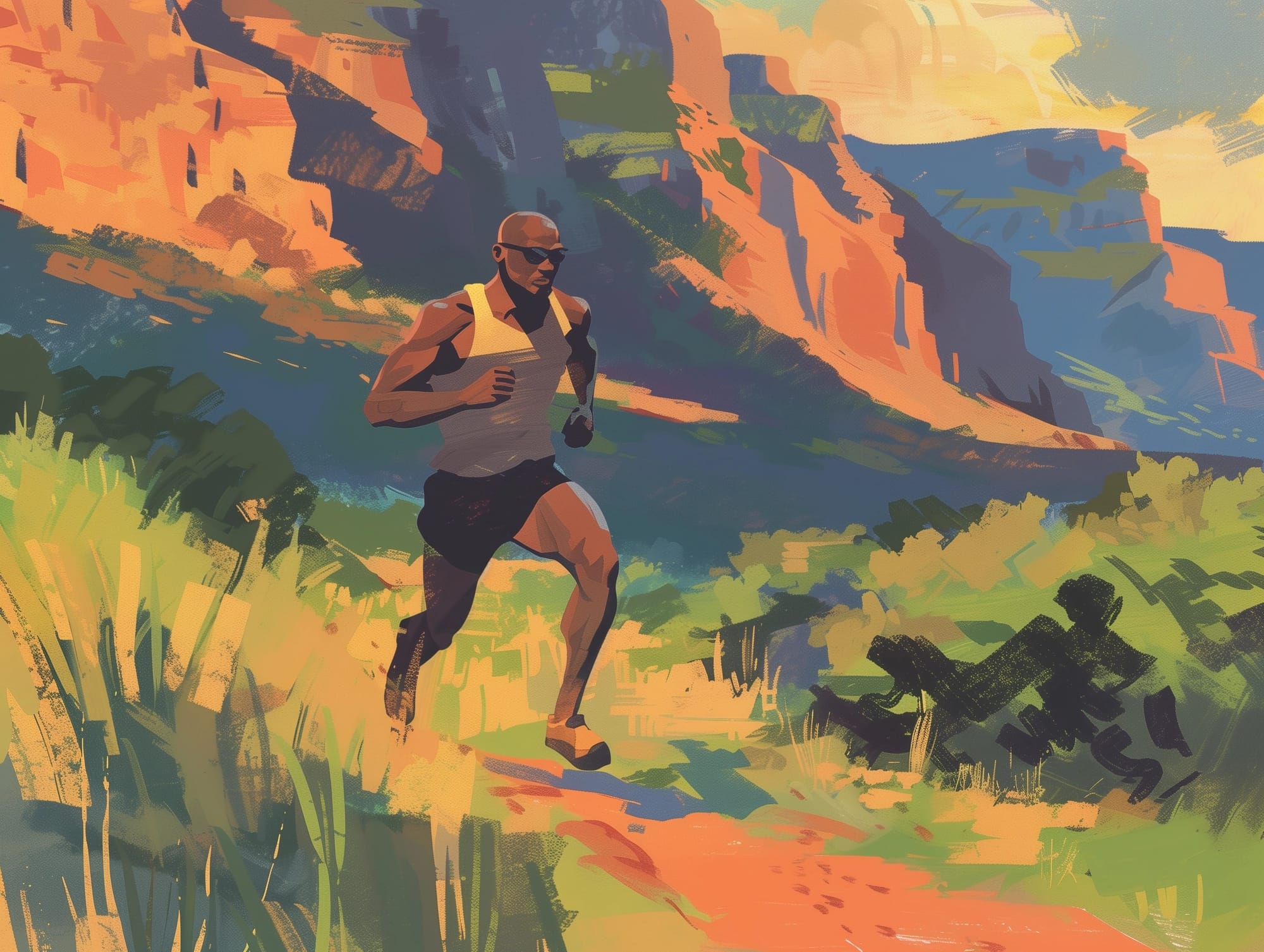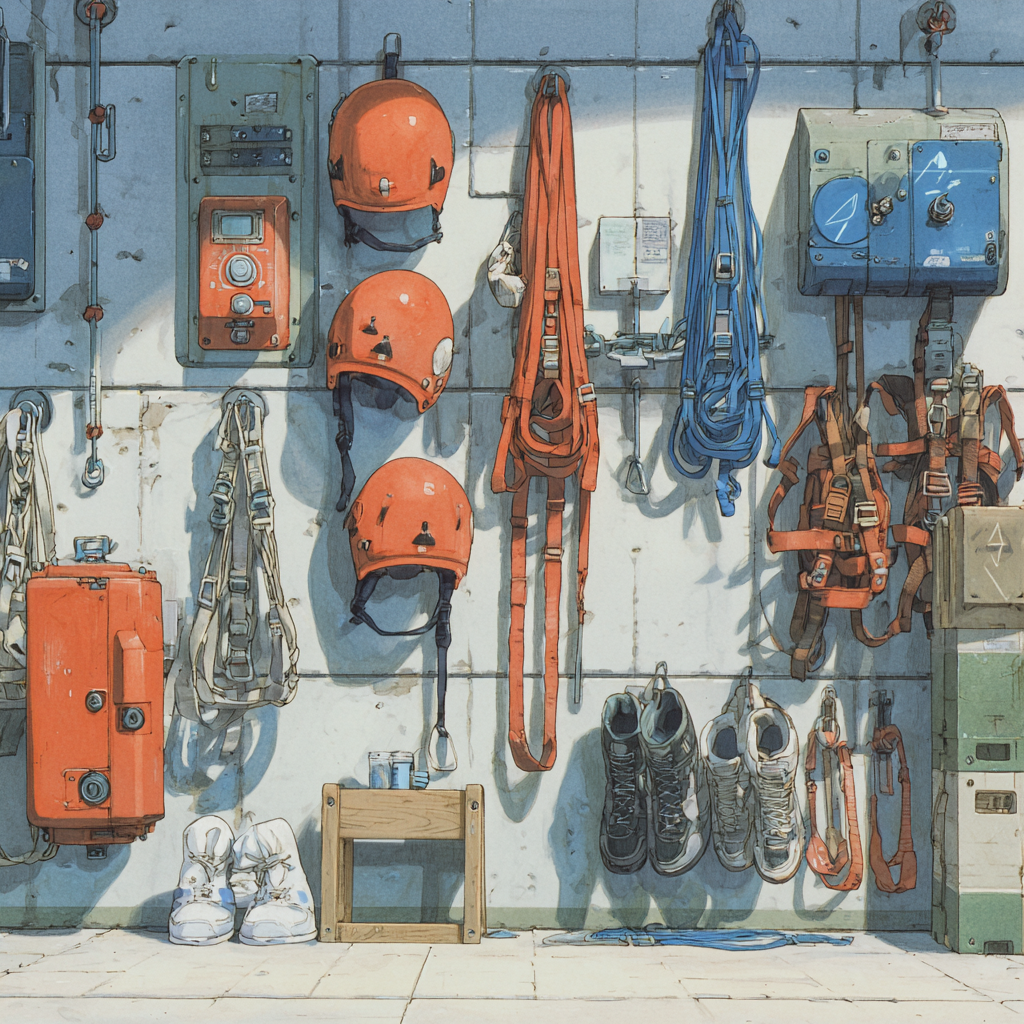
Choose Your Running Gear
Having the right training gear is essential for performance, comfort, and injury prevention. This post will guide you through the key factors to consider when choosing your running shoes and gear.
#1: Key Features to Consider
Focus on these features when selecting running shoes:
- Cushioning: Affects comfort and shock absorption.
- Heel-to-Toe Drop: High drop aids heel cushioning; low drop promotes a natural stride.
- Fit: Ensure a secure but comfortable fit.
- Breathability: Look for mesh uppers to keep feet cool.
- Durability: Reinforced areas are essential for high-mileage runners.
Knowing your foot type helps in selecting supportive shoes:
- Neutral Arches: Natural shock absorption; neutral shoes with moderate cushioning work well.
- High Arches: Feet roll outward (supination); need extra cushioning for shock absorption.
- Flat Feet: Arches collapse inward (overpronation); stability or motion control shoes are best.
#2: Tips for Trying On Running Shoes
- Try on shoes in the afternoon when feet are swollen.
- Wear running socks for accurate fit.
- Test them by walking or jogging.
- Consider cushioning based on your strike style.
#3: When to Replace Your Running Shoes
Replace shoes every 300-500 miles or if you notice:
- Worn Out Soles
- Loss of Cushioning
- Uneven Wear
Most training apps let you add footwear to keep track of mileage.
Pro Tip: Schedule a visit with Fleet Feet to go through their Outfitting Process which includes a 3D foot scan and a gait analysis (if you have a neutral gait, if you pronate or supinate). They'll walk you through several shoe and insole options based on the results of those tests. I'm not sponsored or paid by them.
Running Sneakers
Here's five models to start with. Return what doesn't work and find what's best for you. I personally use the ASICS GEL-CUMULUS 27 and the Allbirds Tree Dasher 2.
Pro Tip: If you want a full catalog of 900+ sneaker reviews, check out RunRepeat. They do in-depth technical breakdowns, compare similar models side-by-side and have tons of pictures (including cutting shoes in half to show you how the average foot sits in it).
#1: Nike Air Zoom Pegasus 40
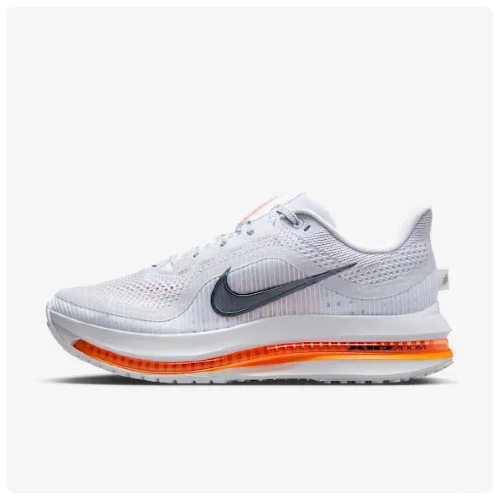
Extremely versatile, great for daily runs and long distances. It offers a balance of comfort, durability, and support, making it a reliable all-around option for most runners.
- Speed
- Cushioning
- Handling
- Durability
- Comfort
#2: Brooks Ghost 15
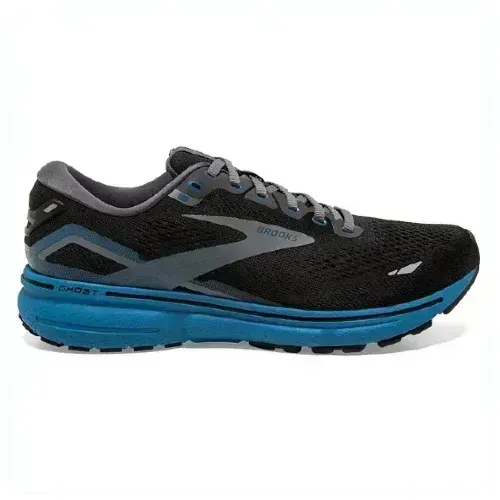
Renowned for its soft cushioning and smooth ride, it’s a great choice for neutral runners, whether you're running short distances or marathons.
- Speed
- Cushioning
- Handling
- Durability
- Comfort
#3: Hoka Clifton 9
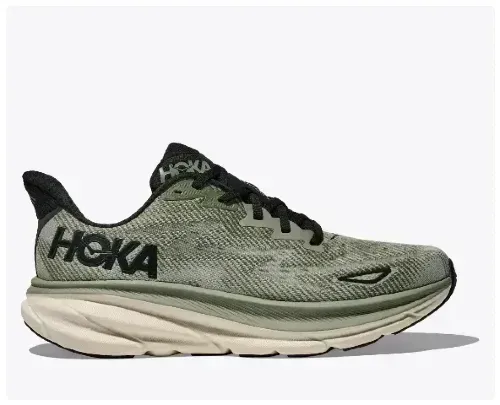
Maximal cushioning with lightweight construction, ideal for those needing extra shock absorption without compromising comfort or speed.
- Speed
- Cushioning
- Handling
- Durability
- Comfort
#4: Saucony Endorphin Speed 4
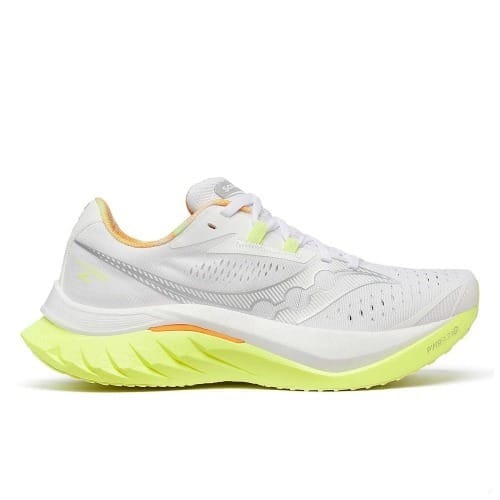
A lightweight and responsive shoe with a nylon plate for speed, making it ideal for tempo runs or race days.
- Speed
- Cushioning
- Handling
- Durability
- Comfort
#5: Asics Gel-Nimbus 25
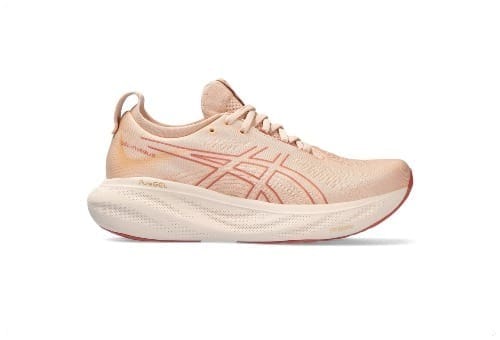
Exceptional support and cushioning, particularly for runners with high arches or those needing a softer, more forgiving ride.
- Speed
- Cushioning
- Handling
- Durability
- Comfort
Running Sandals
Don't knock it till you try it.
They're inspired by the huaraches used by Mexican and Native American indigenous runners. I've found that running sandals help strengthen my sense of balance and proprioception.
Consider the following:
- Sole Thickness: Thinner soles mimic barefoot; thicker soles offer cushioning.
- Strap Design: Should fit securely without chafing.
- Traction: Essential for trails or uneven surfaces.
- Arch Support: Beneficial for certain foot types.
- Durability: Look for quality materials like Vibram soles.
Running sandals may need replacement sooner, depending on use and sole thickness. Here's five models to start with. I personally use the Xero Genesis Sandals.
#1: Luna Sandals Mono Winged
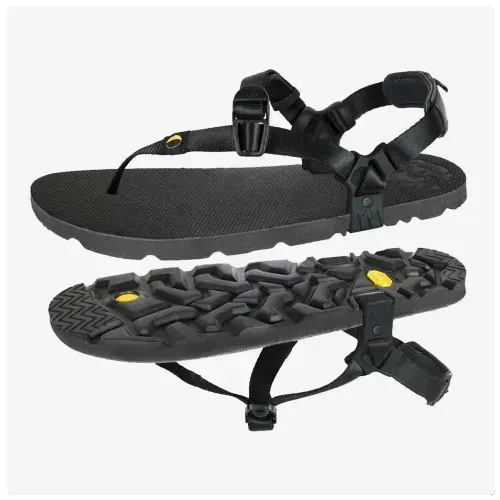
Designed by ultra-runner Barefoot Ted, these sandals are great for long-distance running, offering excellent grip, comfort, and a minimalist design.
- Speed
- Cushioning
- Handling
- Durability
- Comfort
#2: Xero Shoes Z-Trail EV
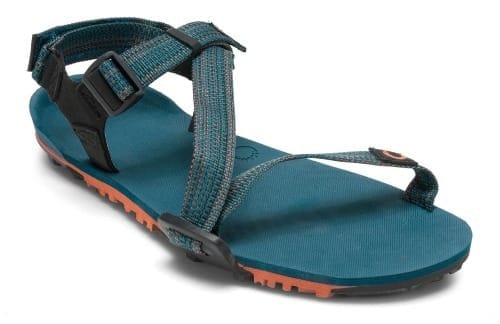
Super lightweight and flexible, the Z-Trail is perfect for trail running or road running, with a durable, barefoot-style design.
- Speed
- Cushioning
- Handling
- Durability
- Comfort
#3: Bedrock Cairn 3D Pro II
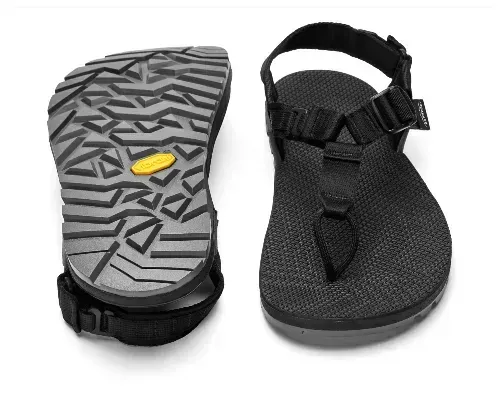
Known for their secure fit and rugged construction, these sandals provide great traction and comfort on both trails and roads.
- Speed
- Cushioning
- Handling
- Durability
- Comfort
#4: Shamma Sandals Warriors
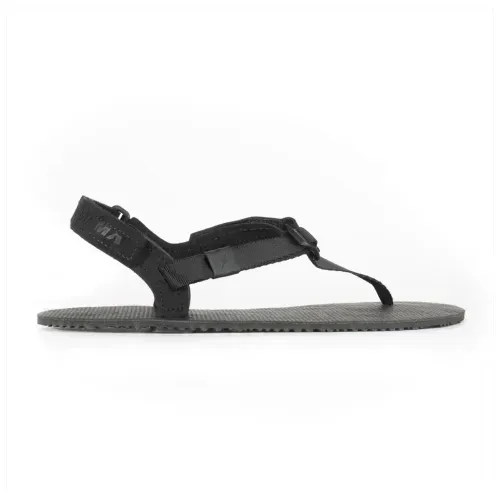
Minimalist and ultra-lightweight, these sandals offer a more natural feel while running, making them perfect for those looking to transition into barefoot-style running.
- Speed
- Cushioning
- Handling
- Durability
- Comfort
#1: GPS Watch or Running App
- Why you need it: Tracking your pace, distance, heart rate, and splits is crucial for improvement. A GPS watch gives real-time stats and helps you set goals.
- What to get - Watches: Popular options include Garmin Forerunner, Coros Pace, or Apple Watch. Really, any Garmin watch is a solid choice and the Apple Watch is "good enough" for most runners.
- What to get - Apps: Strava, Nike Run Club, Runkeeper or Runna work well. Just note that Runna was recently aquired by Strava.
- I personally use the G-Shock GBD-H2000 and Strava. For all of my gear, check out the Equipment page.
#2: Hydration Gear
- Why you need it: Staying hydrated is critical for performance, especially on long runs. Having the right gear helps you carry water or sports drinks easily.
- What to get: Handheld bottles, hydration belts, or hydration vests are good choices depending on your distance.
#3: Foam Roller and Massage Tools
- Why you need it: Foam rolling and using massage tools can help with muscle recovery, prevent injuries, and improve flexibility.
- What to get: Foam rollers, massage sticks, and even massage guns like the Hypervolt or Theragun are excellent options.
#4: Running Hat or Visor
- Why you need it: Protecting your face from the sun during outdoor runs is essential. A lightweight hat or visor keeps you cool and shields you from UV rays.
- What to get: Look for moisture-wicking materials with ventilation. Bucket hat gang rise up.
#5: Running Sunglasses
- Why you need them: Protecting your eyes from UV rays and glare can improve your comfort and vision, especially on long sunny runs.
- What to get: Choose lightweight, wraparound sunglasses with UV protection. Brands like Goodr and Oakley offer great options.
#6: Running Belt or Waist Pack
- Why you need it: A running belt lets you carry essentials like your phone, keys, energy gels, or even a small water bottle without feeling weighed down.
- What to get: Choose a low-profile, lightweight option like FlipBelt or Nathan belts.
#7: Reflective Gear and Lights
- Why you need it: Running in low-light conditions requires extra visibility to ensure safety. Reflective gear makes you visible to drivers and other runners.
- What to get: Reflective vests, bands, or clip-on lights.
#8: Compression Gear
- Why you need it: Compression socks or sleeves can improve circulation, reduce muscle fatigue, and aid in recovery. Some runners use them during runs or post-run for recovery.
- What to get: Compression socks or calf sleeves for long-distance runs or recovery.
#9: Running Gloves
- Why you need them: Cold hands can make winter running uncomfortable. Running-specific gloves keep your hands warm without overheating.
- What to get: Lightweight, moisture-wicking gloves with touch-screen compatibility.
#10: Running Jacket or Windbreaker
- Why you need it: A lightweight, water-resistant jacket helps protect you from wind and rain while keeping you comfortable.
- What to get: Look for breathable, wind- and water-resistant jackets like the Patagonia Houdini or Nike Shield.
You've reached the end of this article series. Here's what else you can read:
Interested in cross-training?

How about perfecting your running form?

Focused on eating well, recovery and durability?

Ready for your next race?
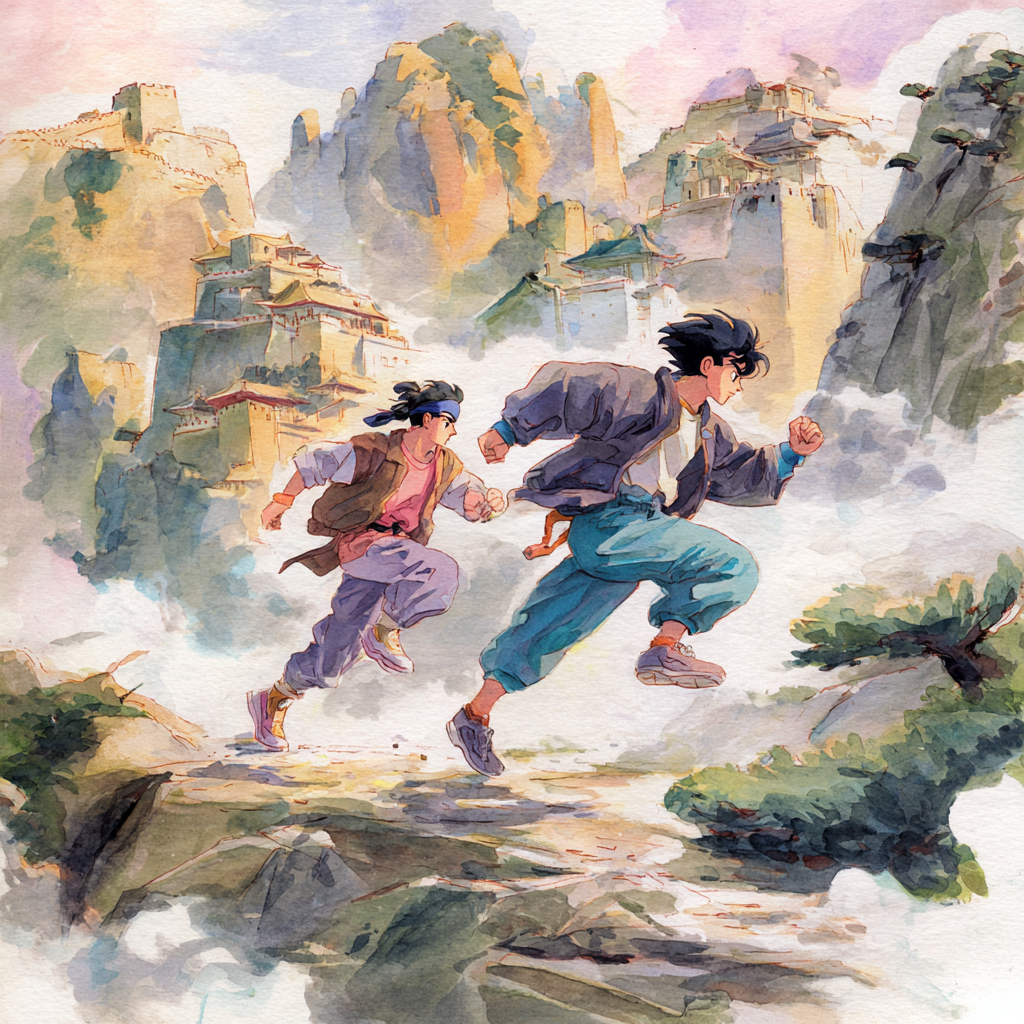
Thank you for reading this post. If you liked it:
Subscribe to get updates on new content, merch, events and more from Sendō Trail Running. You'll get one email a week at most.
Take on The Challenge and complete race distances from the humble 5K to ultimate ultramarathon. Go all the way to win special prizes and join the Hall Of Fame.
Join the Party and hit trails with the Sendō Run Club. You can also support us as a Patron (individuals) or Sponsor (organizations).
Check out some Research: our free collection of training plans, workout guides, nutrient-dense grocery lists, pace calculators, and other tools to support your quest.
Browse the Online Shop for apparel, accessories and training books to equip yourself for the path ahead.
Have a tip, story, or idea? It could end up in a future post. Email me anytime with questions, thoughts, or even confessions — we're all in this together.
